What is a particle filter?
Before we start with the cleaning options, let’s first explain what a DPF is. The particulate filter is used to capture and reduce the amount of harmful soot particles emitted from vehicles. These are mainly found in diesel vehicles.
The particle filter is designed to catch soot particles inside. Later, when the particulate filter becomes clogged, the soot undergoes a chemical breakdown process called pyrolysis. Like any other filter, it clogs while performing its mission and needs to be cleaned. This is called regeneration.
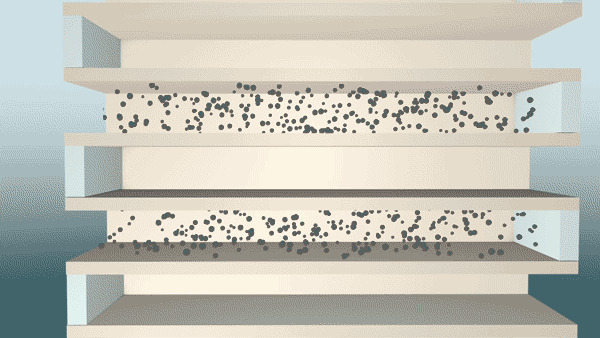
Types of Regeneration
There are 3 types of regeneration: passive, active, and forced.
Passive regeneration
This occurs during driving when the exhaust gas temperature is high enough, around 600°C, to burn off the soot as it passes through the filter.
Active regeneration
Active regeneration is controlled by engine management and occurs when the soot load is greater than 45%. This usually happens when the vehicle is moving at more than 70 km/h at a constant speed for more than 10 minutes.
With active regeneration, the engine control unit injects more fuel into the engine to raise the exhaust gas temperature, thereby burning off soot from the particulate filter or DPF.
In order for active regeneration to take place, it is essential that more than a quarter of the fuel tank is filled. Otherwise the procedure will not be activated.
Forced regeneration
This is done using a diagnostic device, where the mechanic forces the vehicle to regenerate the filter. In most cases this operation can be performed with the vehicle stationary, however some models require road travel.
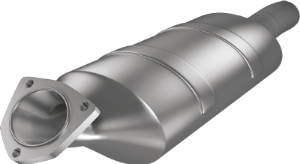
How to clean the particle filter?
There are several ways to properly operate the DPF and system. Preventative maintenance is always best because it prevents problems in the future.
We recommended to clean the injectors and the engine every time the vehicle is serviced. This helps reduce particulate matter and improve engine combustion, maintaining performance, restoring consumption and avoiding costly breakdowns.
In addition, the regular use of special additives for regeneration of the particulate filter supports regeneration while driving and supports passive regeneration and the removal of soot from the particulate filter.
If the soot load becomes too big, it can lead to a vehicle failure. The causes must be investigated and corrected.
In these cases, the DPF must be cleaned manually with a cleaning treatment directly on the DPF to soften and dissolve the soot and allow it to pass through the filter.
Preventive maintenance
When servicing, use Wynn’s Total Action Treatment to clean and maintain the injector, turbo and particulate filter. We recommend Oil System Cleaner for the lubrication system we recommend .
Advantages for your customers:
- Longer vehicle life
- Reduction of breakdowns
- Optimized fuel consumption
- Better protection of the engine
Repair method
If the DPF warning light comes on on the dashboard indicating it needs to be regenerated, add Wynn’s DPF Regenerator and Diesel Extreme Injector Cleaner to the fuel tank. In this way you support the active regeneration while driving and at the same time clean the injectors. While driving, keep a speed of more than 70 km/h for more than 10 minutes at a constant speed.
Manual cleaning
If the soot load is too high, you must perform a manual cleaning. This is done by applying Wynn’s DPF & GPF On-Car Cleaner. You can introduce the product via the pressure sensor/differential pressure sensor, oxygen sensor or temperature sensor. Allow the product to penetrate the DPF and then run the engine to push the dissolved soot through the DPF, clean the particulate filter and make the filter work again. Always follow the instructions when using a DPF cleaning additive.
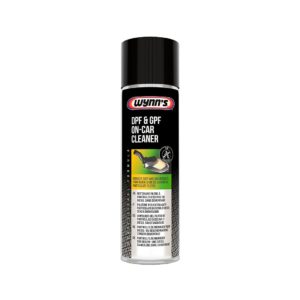
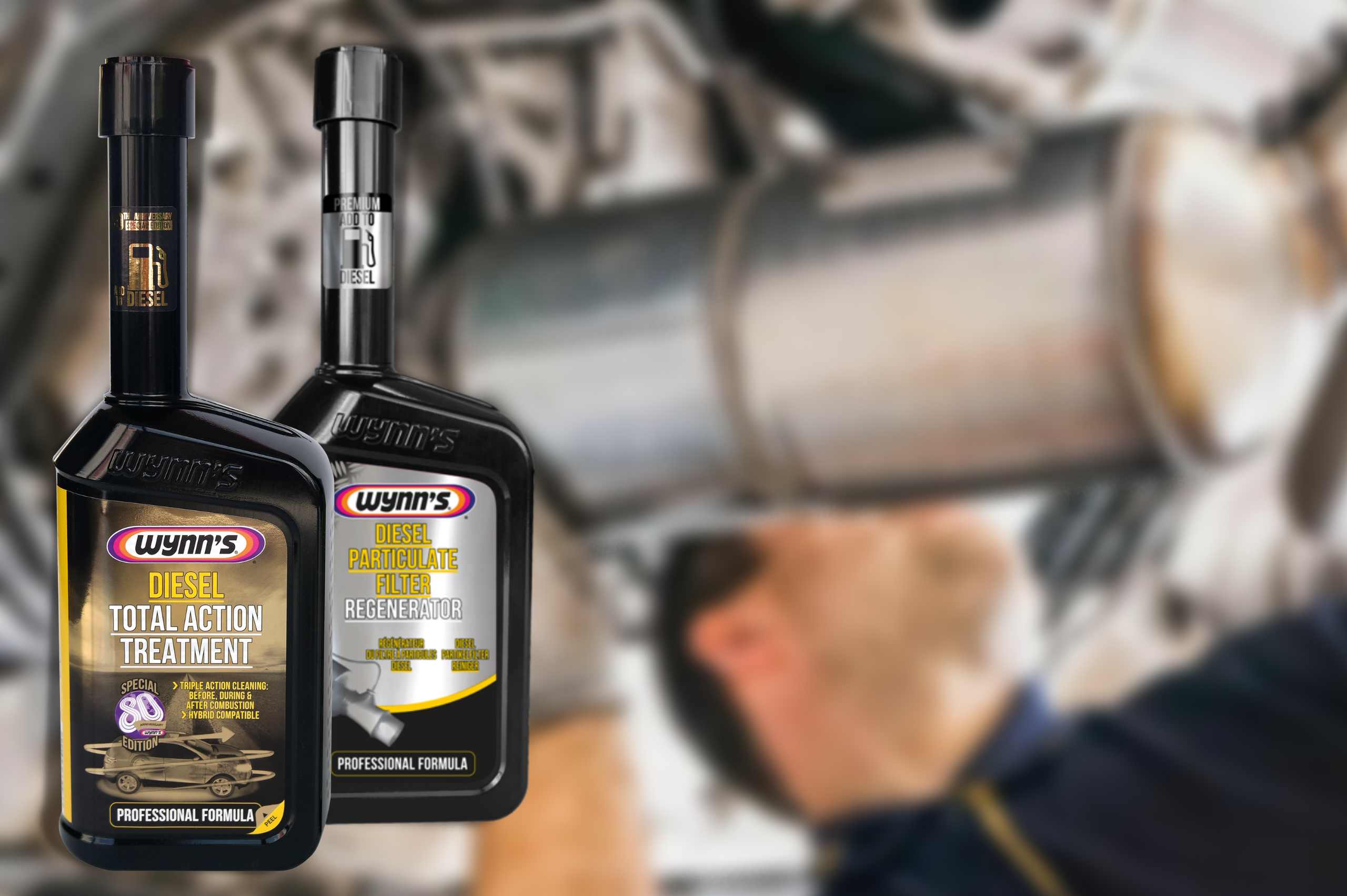
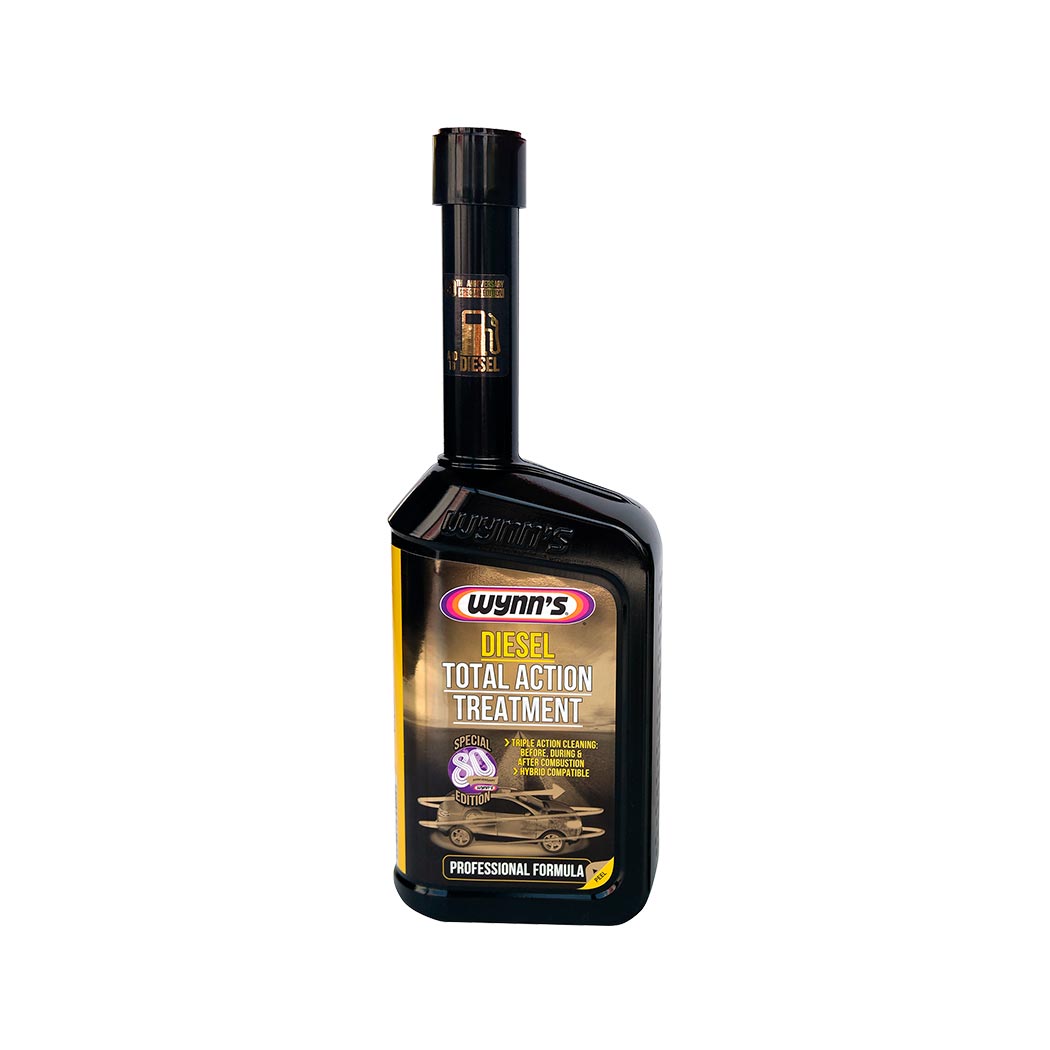
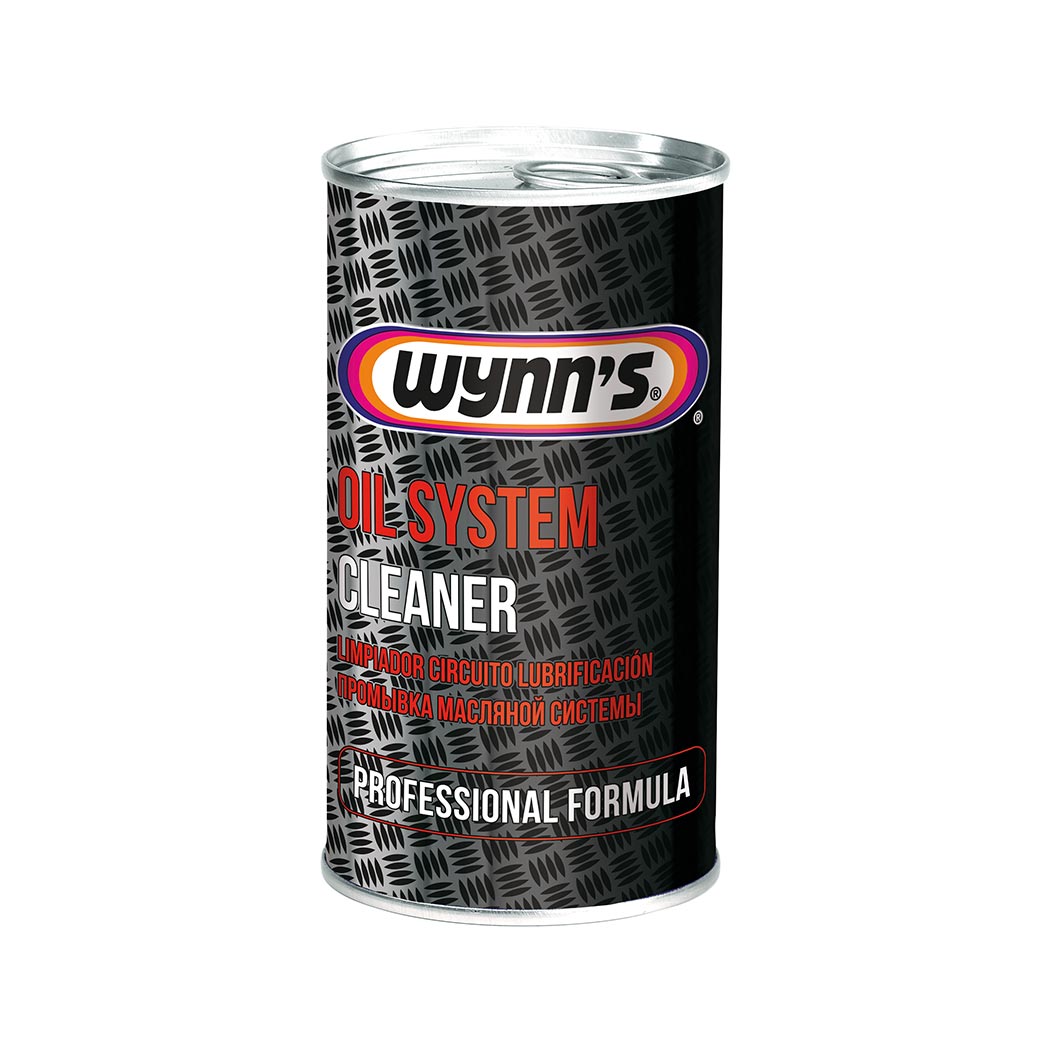
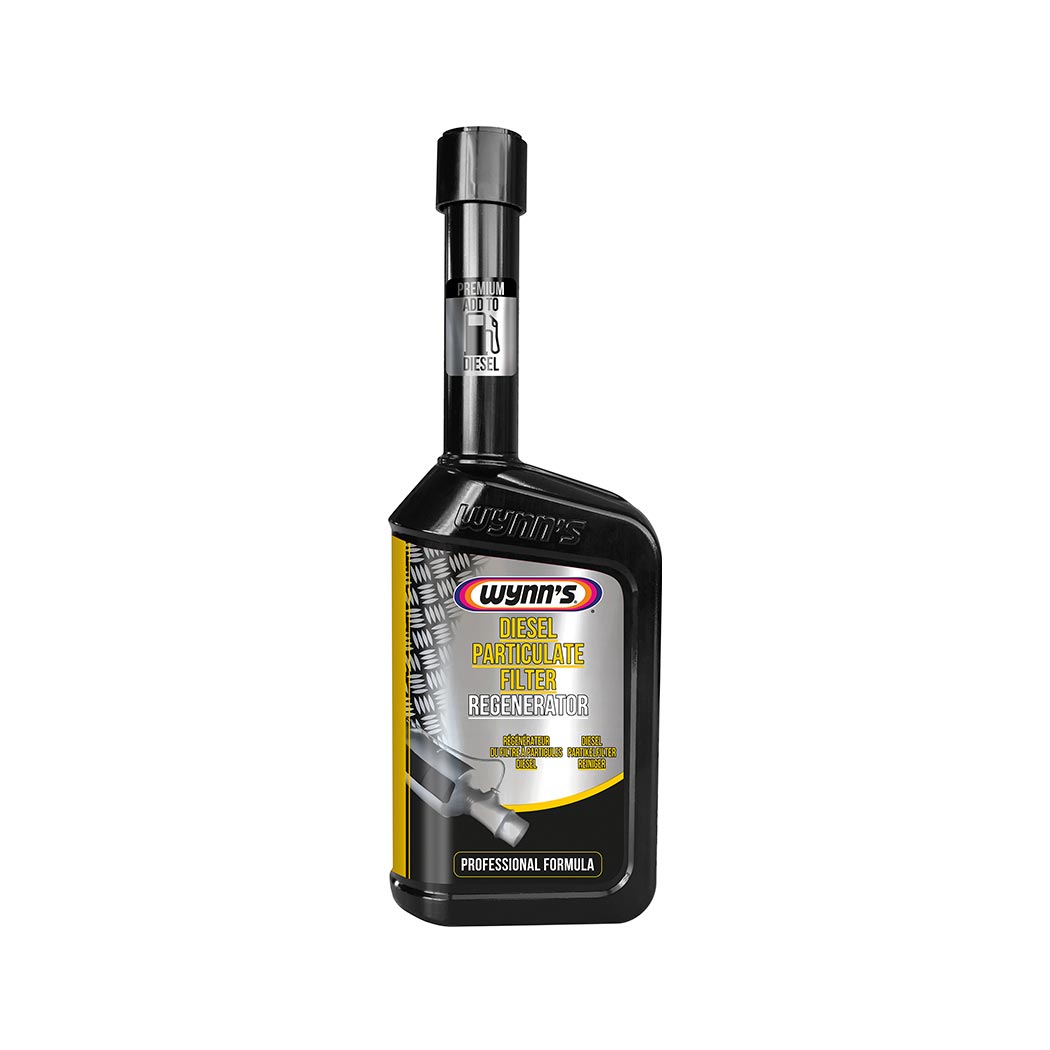
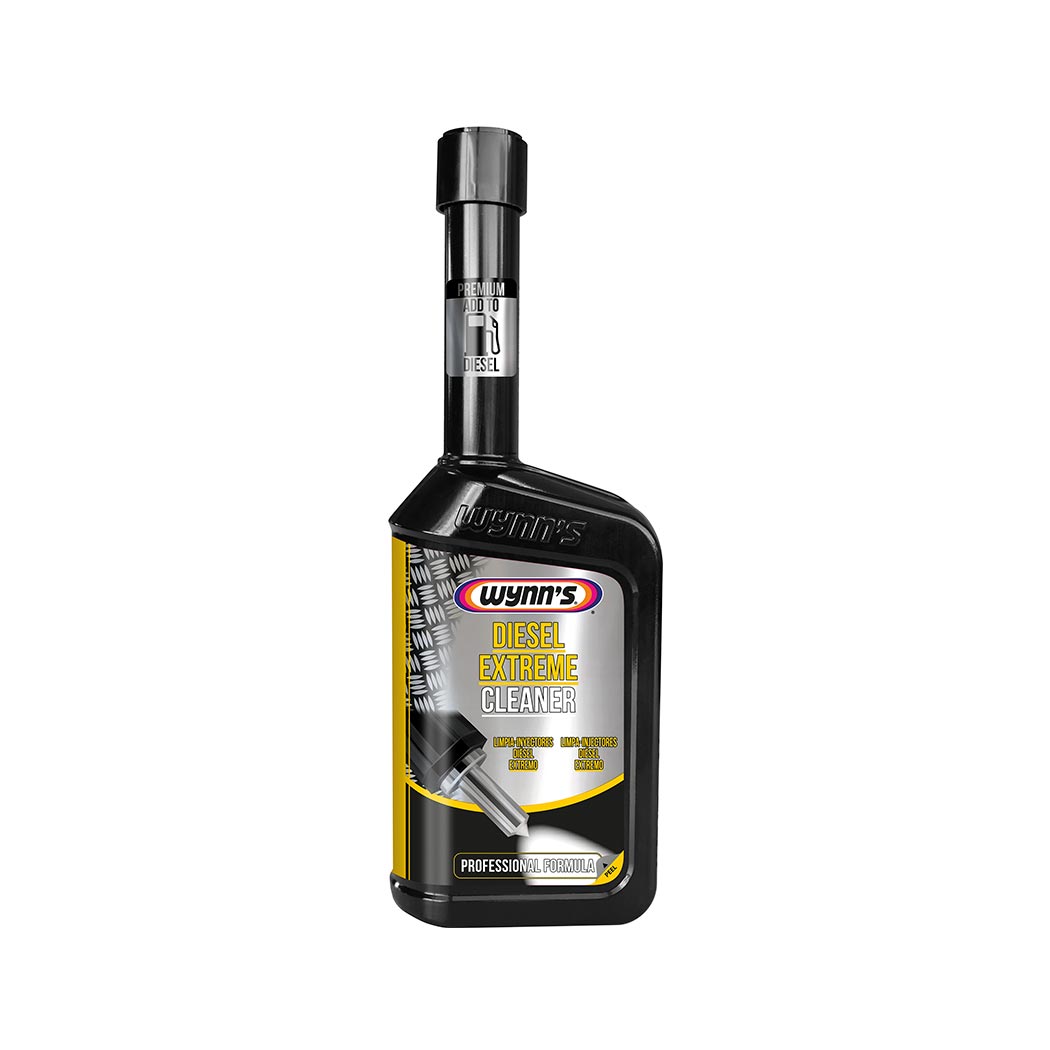
Leave A Comment